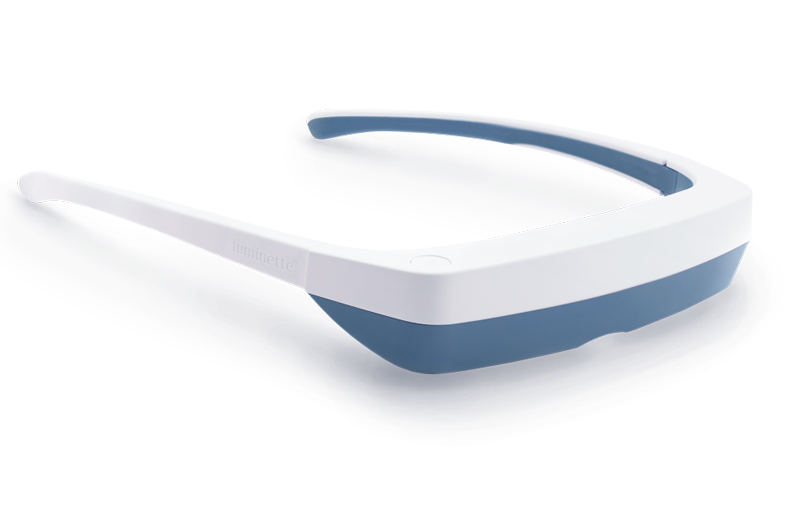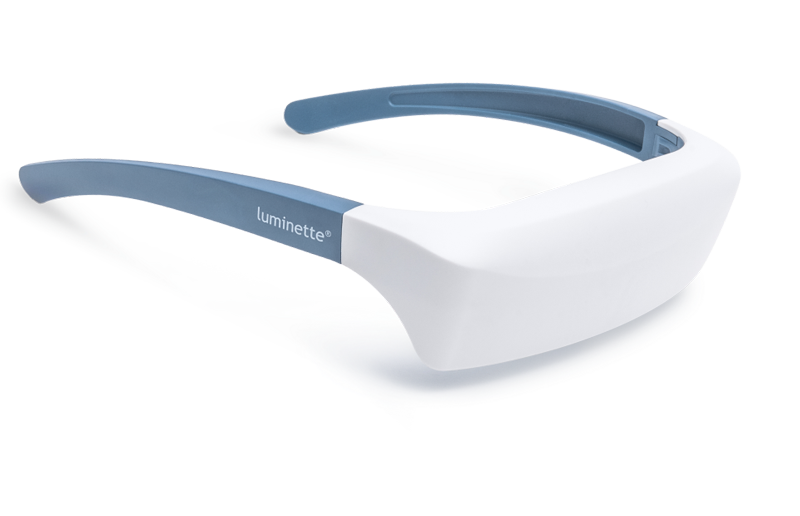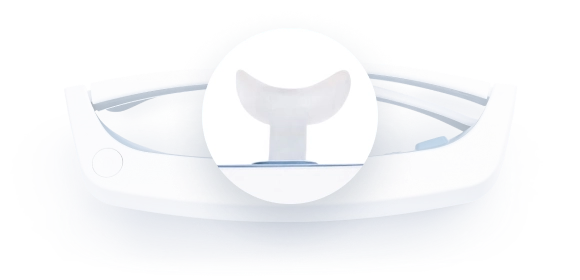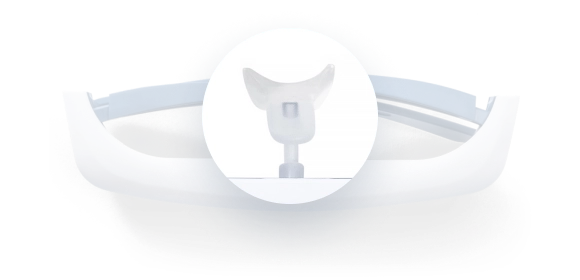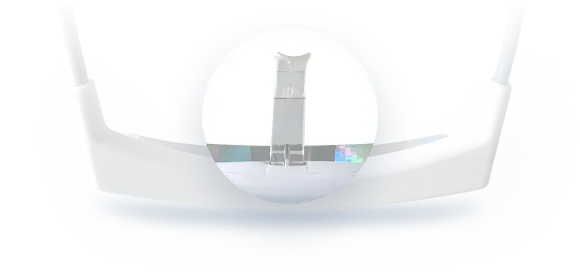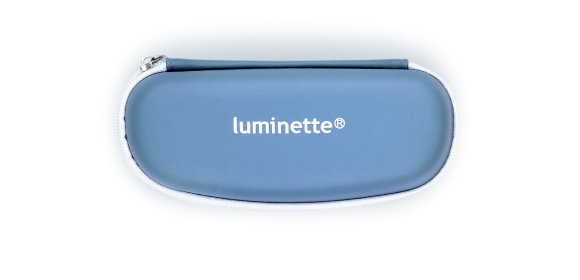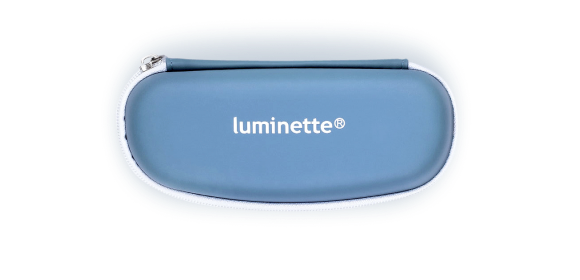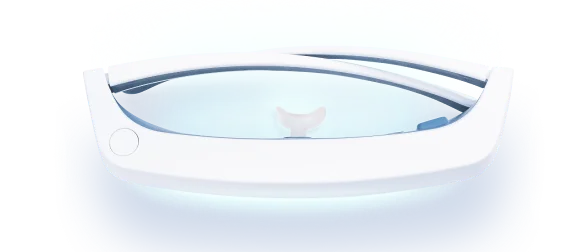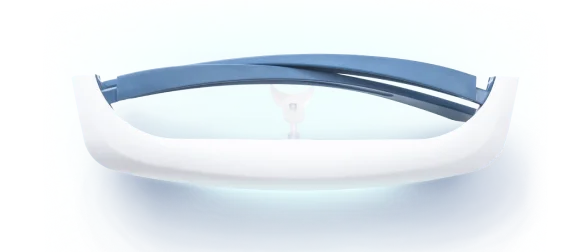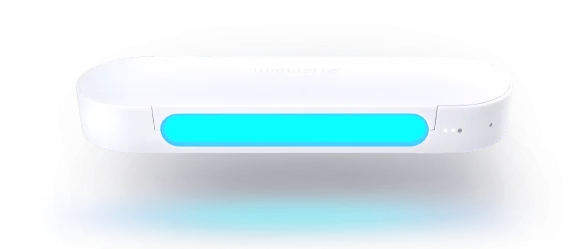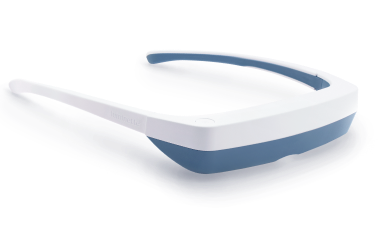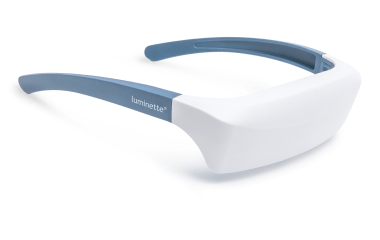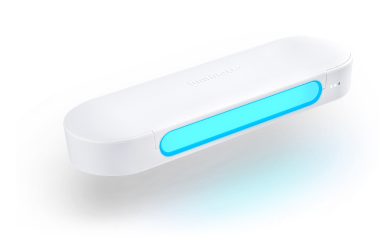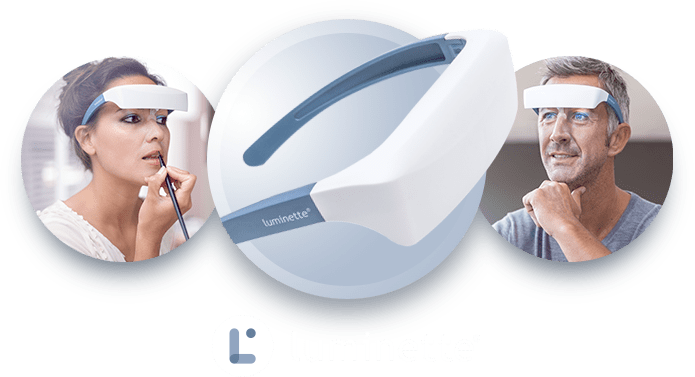Are you struggling to catch a good night's sleep? If the answer is yes, you're not alone. Millions of people worldwide encounter sleep troubles due to various reasons ranging from demanding work schedules to travel-induced disruptions. The good news is that light therapy is emerging as a promising solution. This article dives into how light therapy can help tackle common sleep disturbances and improve overall well-being.
Understanding Sleep Problems
To effectively address sleep problems using light therapy, it's essential to comprehend the role of circadian rhythms. These natural cycles, governed by light and darkness, dictate sleep-wake patterns and can be meticulously adjusted through exposure to specific light wavelengths at strategic times. By harnessing the power of light therapy, individuals can reset their internal clocks, thereby aligning sleep schedules with their desired routines and reducing the impact of conditions such as advanced and delayed phase sleep disorders. This non-invasive treatment, deeply rooted in scientific research, not only improves sleep quality but also enhances mood and cognitive function, providing a comprehensive approach to combating sleep disturbances.

Common Causes of Sleep Disorders
Sleep disorders are surprisingly common, affecting people of all ages and lifestyles. One major cause of insomnia is stress, as it prevents our minds from relaxing amidst life's chaos. For shift workers, especially those on night shifts, irregular work hours disrupt the body's circadian rhythm, making it hard to maintain a consistent sleep schedule. Jet lag from traveling across time zones further complicates sleep by confusing the body's natural sleep-wake cycle.
Environmental factors also play a role in sleep problems. Excessive screen time before bed, particularly from phones and computers, can contribute to sleep disorders. The blue light from screens disrupts melatonin production, the hormone that regulates sleep. Additionally, medical conditions like sleep apnea, characterized by interrupted breathing during sleep, make it even harder to achieve restful nights.
By understanding these common causes of sleep disorders, we can take steps to improve sleep quality and achieve better rest.
Effects of Poor Sleep on Health and Daily Life
The consequences of inadequate sleep extend far beyond feeling groggy the next day. Chronic sleep deprivation can lead to serious health issues, including obesity, diabetes, cardiovascular diseases, and weakened immune function. It impairs cognitive functions such as attention, memory, and decision-making, impacting job performance and increasing the risk of accidents.
Emotionally, lack of sleep can exacerbate mental health conditions like depression and anxiety, creating a vicious cycle of sleepless nights and deteriorating mental well-being. Social relationships may also suffer as irritability and mood swings deter effective communication and empathy.
Recognizing these adverse effects highlights the importance of addressing sleep problems proactively. Light therapy presents a compelling approach to reclaiming control over one’s sleep patterns and, consequently, improving quality of life.
How Light Therapy Works for Sleep Problems
Light therapy operates by exposing the individual to a specific kind of light that mimics natural sunlight, effectively resetting the internal body clock, or circadian rhythm. Typically administered through a lightbox or wearable device, this treatment emits light at an intensity much greater than typical indoor lighting, influencing the secretion of melatonin, a hormone crucial for sleep regulation. By calibrating exposure to this controlled light source during the morning hours, it helps advance or delay sleep phases as desired, aiding in the alignment of the user's sleep-wake cycle with typical day-night patterns. This approach is especially beneficial for those suffering from disorders like seasonal mood swings and can be seamlessly integrated into daily routines, offering a practical, non-invasive solution to persistent sleep issues.
The Science Behind Light Therapy
Light therapy, also known as phototherapy, involves exposure to bright, artificial light that mimics natural sunlight. This form of treatment leverages the influence of light on the body’s circadian rhythm—the internal clock regulating sleep-wake cycles. By adjusting this rhythm, light therapy helps synchronize biological processes with external environmental cues, promoting better sleep.
The mechanism behind light therapy is rooted in its ability to affect melatonin production. When exposed to light, particularly in the morning, the brain reduces melatonin release, signaling the body to wake up and become alert. Conversely, dimmer lighting in the evening encourages melatonin production, preparing the body for restful sleep.
Studies have shown that consistent exposure to light therapy can reset disrupted sleep-wake cycles, making it particularly effective for individuals with irregular sleep patterns. Furthermore, it enhances serotonin production, improving mood and energy levels crucial for combating sleep disorders associated with mood disturbances.
When should I use the Luminette if I suffer from sleep problems?
For advanced phase sleep syndrome, it is recommended to carry out a light therapy session at the start of the evening, 2 hours before the desired sleep time.
For delayed phase sleep syndrome, it is recommended to carry out a light therapy session in the morning, at the desired awakening time. If you should wake up at a precise time (7am, for example), but usually you cannot, force yourself for the first few days, and you will see that you will naturally wake up at this time from then on.
Jet Lag and Light Therapy
Jet lag occurs when rapid travel across time zones disrupts the body's internal clock, leading to fatigue, insomnia, and other symptoms. Light therapy can effectively reduce the duration and severity of jet lag by helping to realign the body's circadian rhythm with the local time.
Before traveling, individuals can use light therapy to gradually adjust their sleep schedule to the destination's time zone, minimizing the impact of time differences. Upon arrival, exposure to light therapy during local morning hours can further support adjustment, enhancing alertness and reducing fatigue.
Incorporating light therapy into travel routines, along with other strategies such as staying hydrated and avoiding caffeine, can help travelers adapt more quickly to new time zones and enjoy their trips with minimal disruption.
Discover what role light plays on the body
with Roland Pec - sleep specialist and chrono-therapist
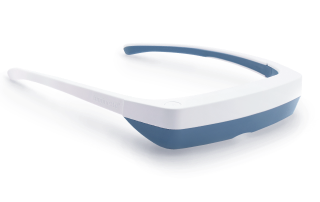
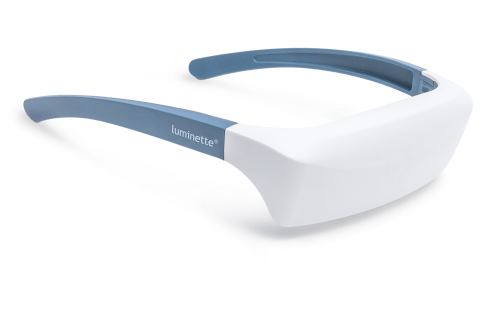
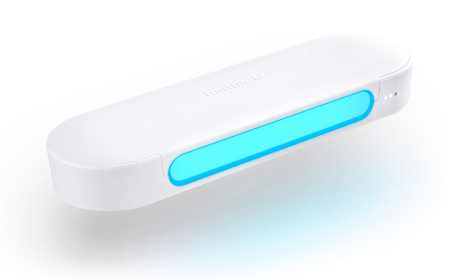
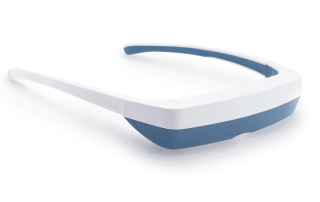
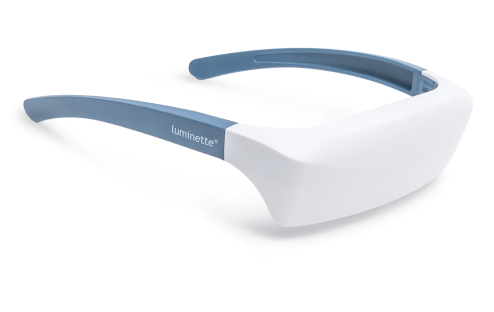
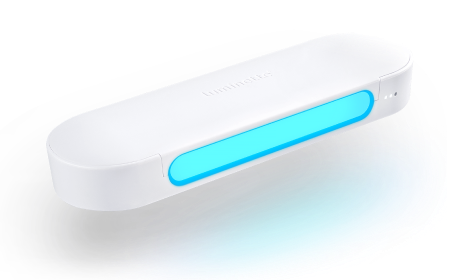
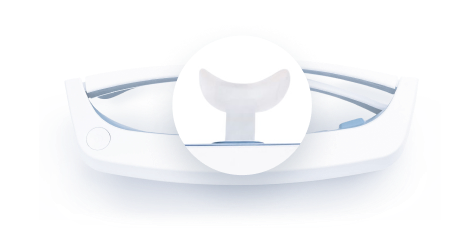
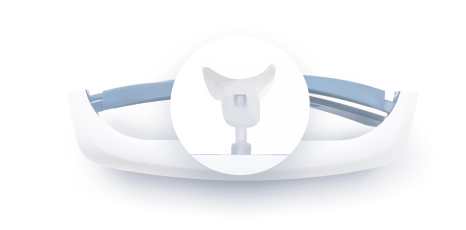
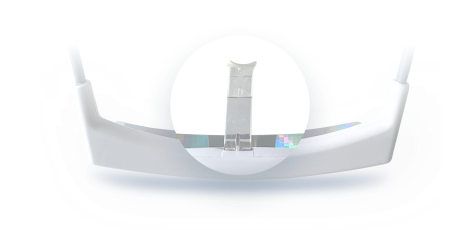
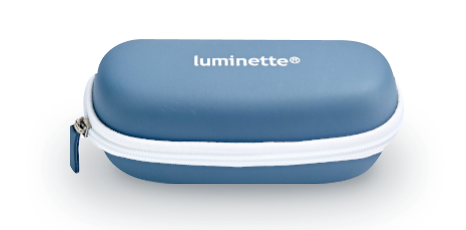
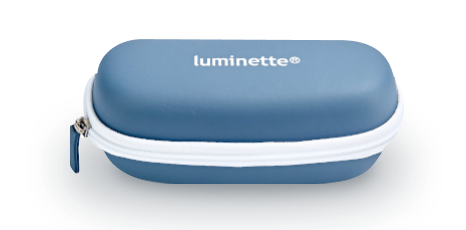
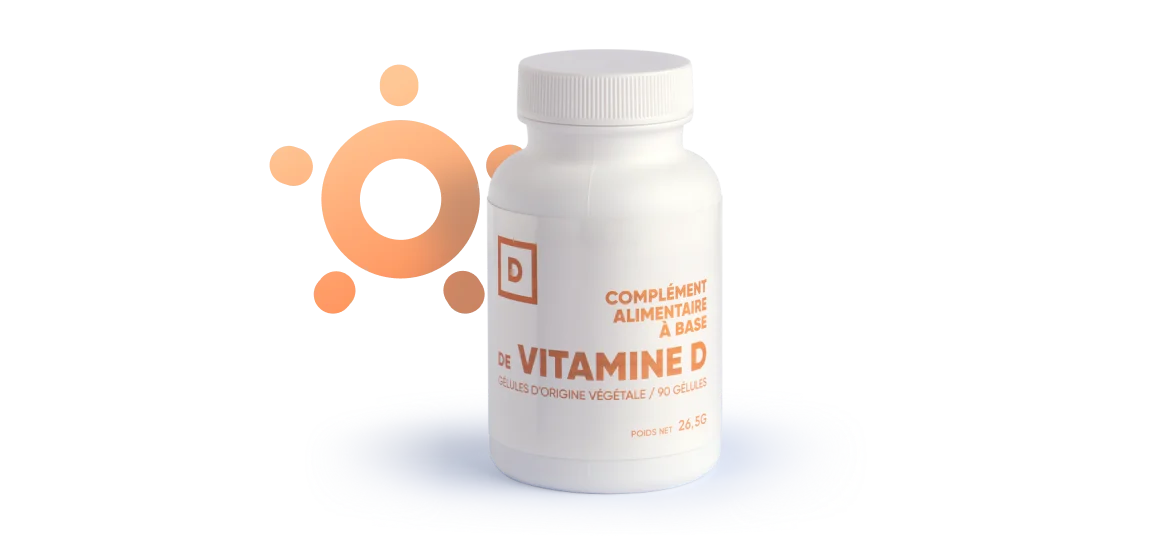
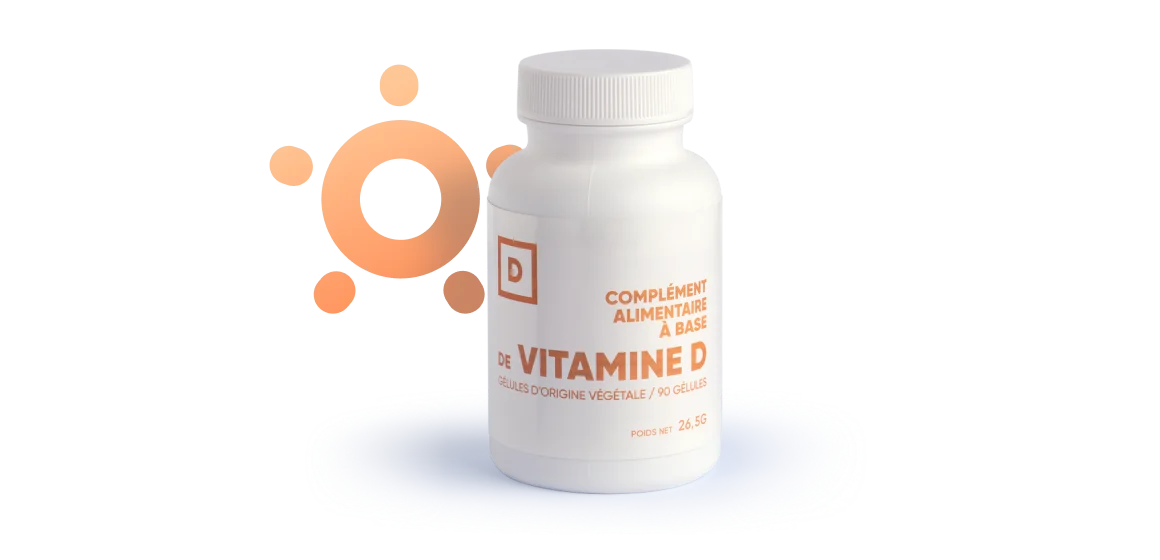



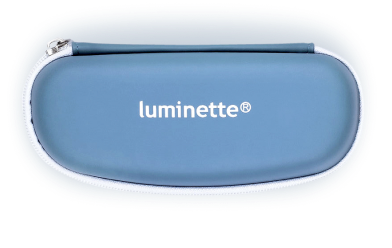
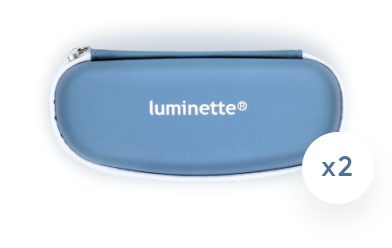
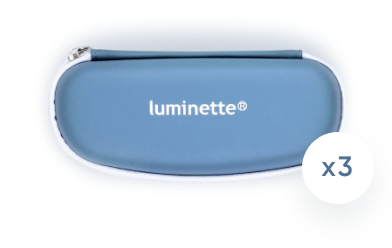
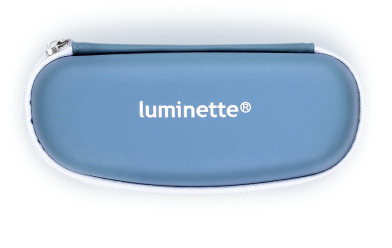
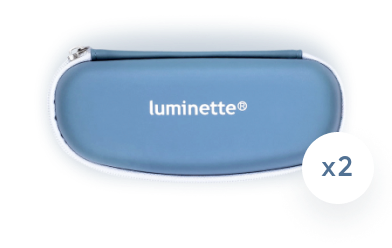
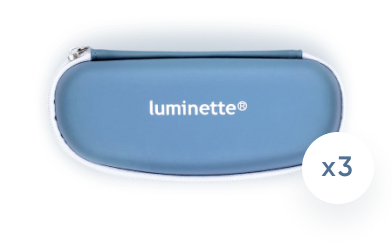
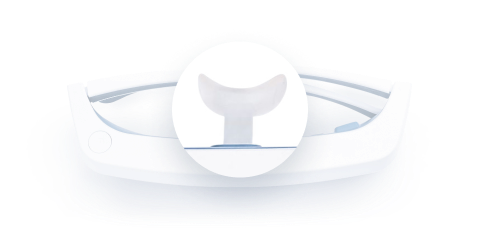
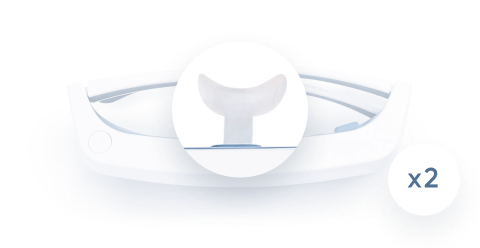
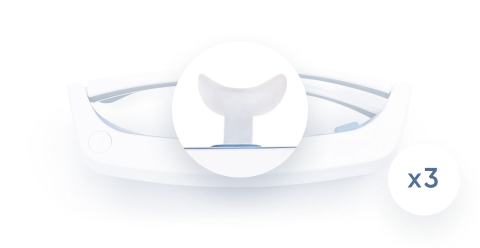
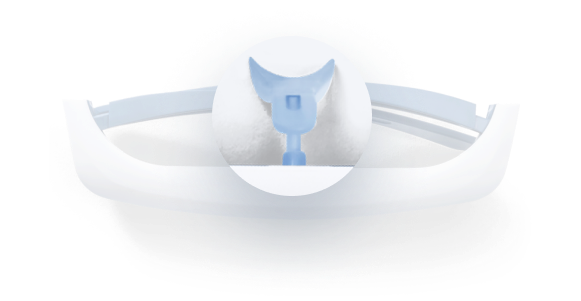
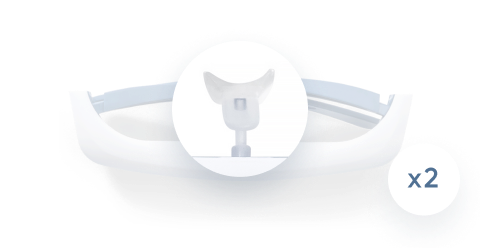
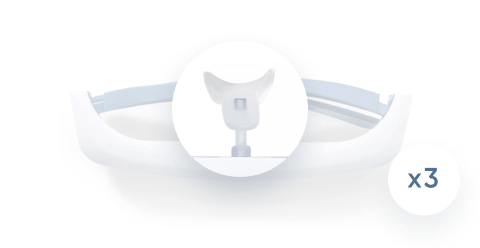
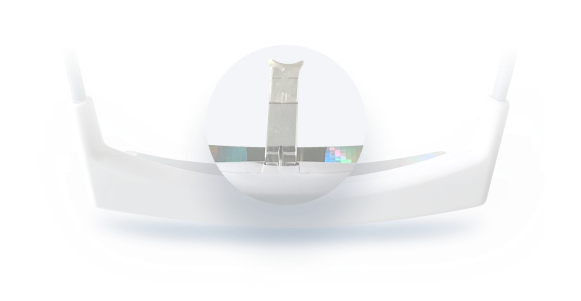
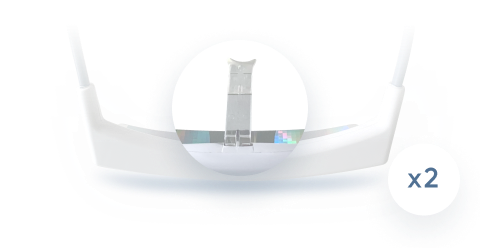
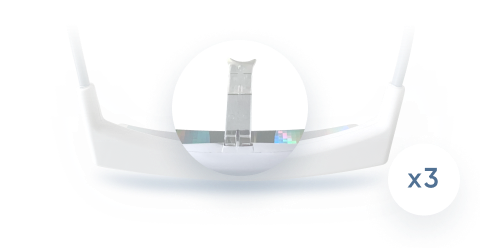
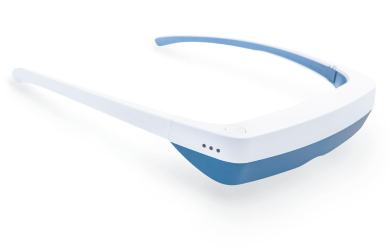

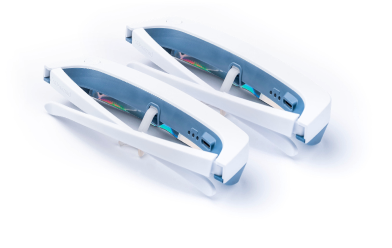
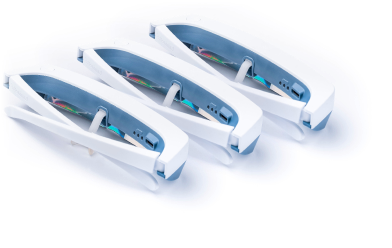
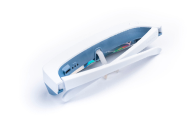
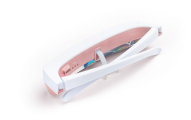
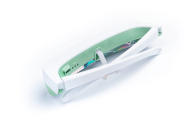
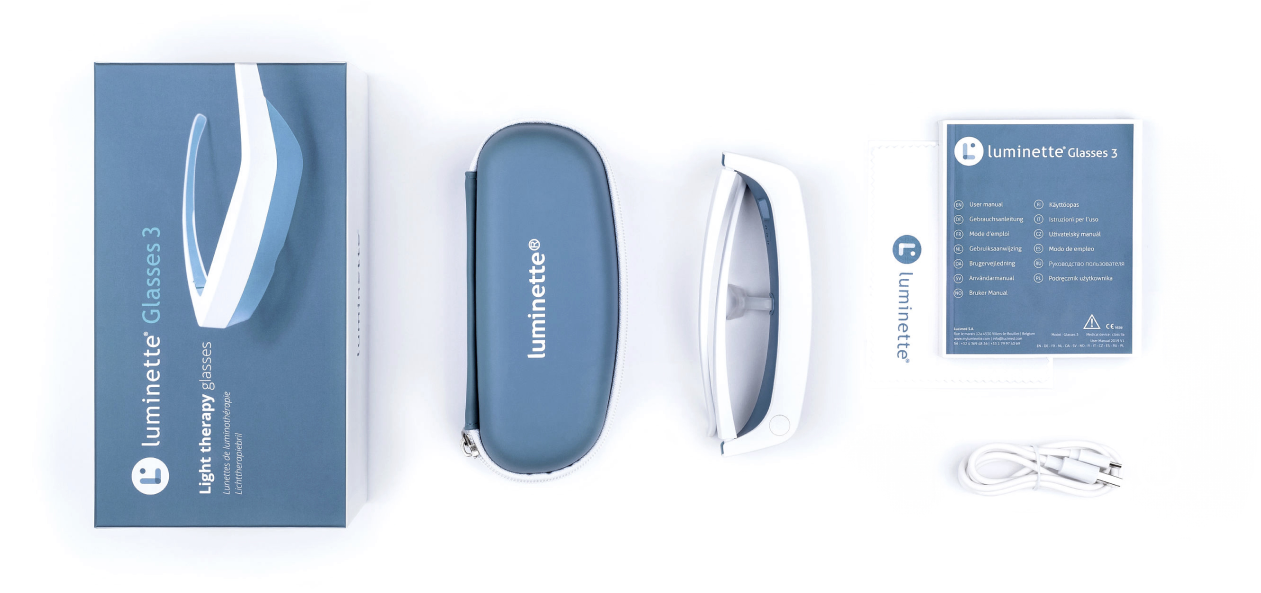
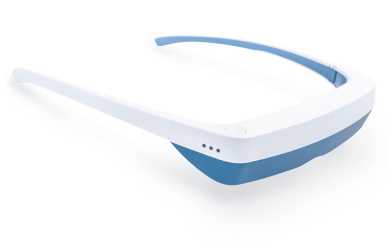
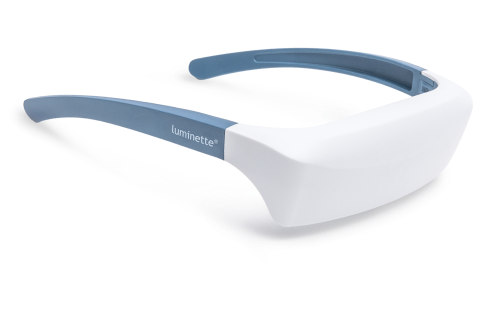
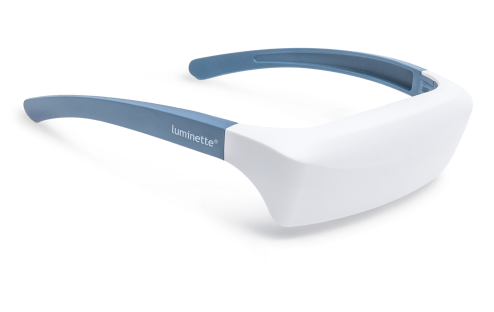
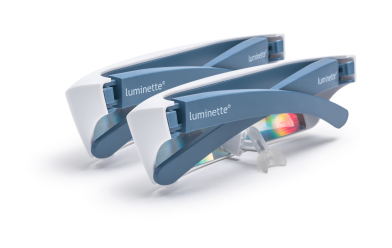
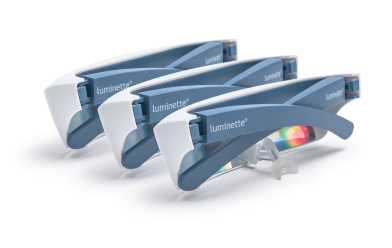
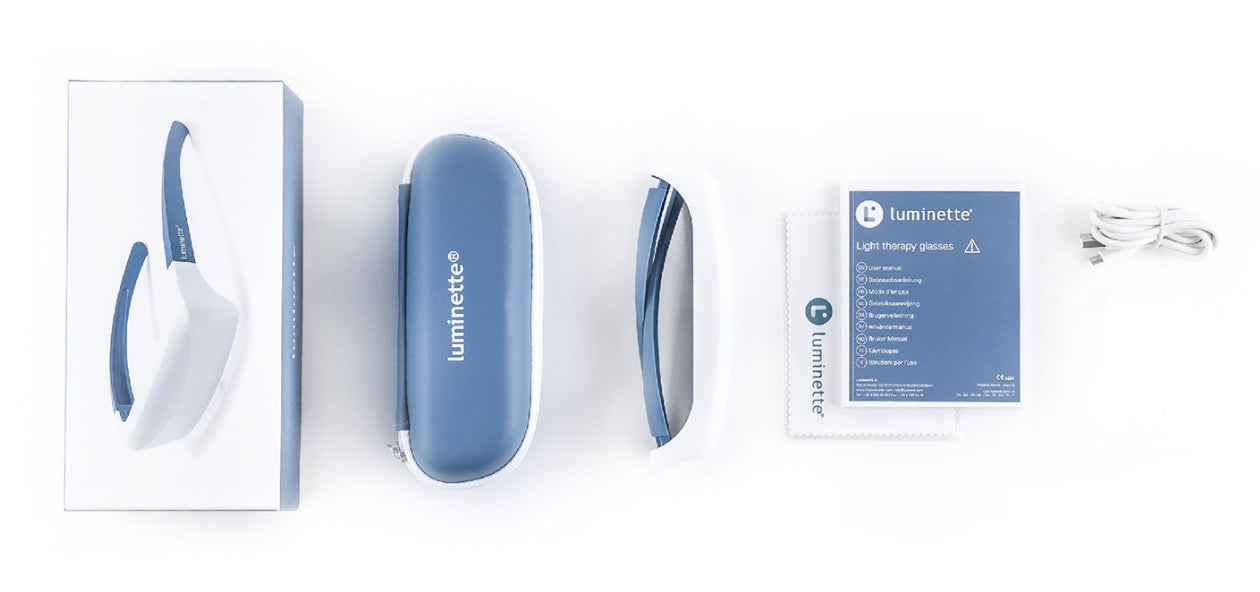
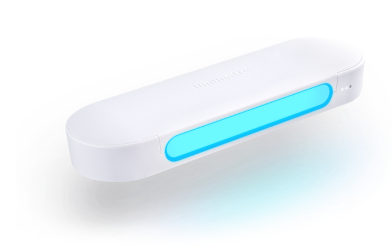
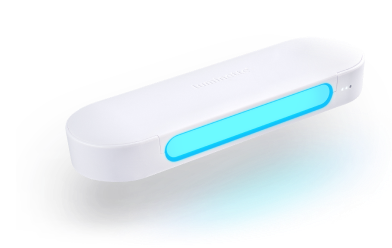
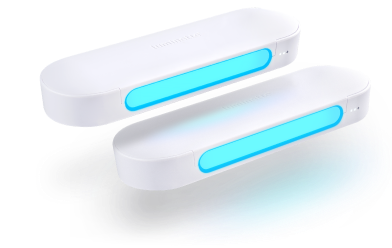
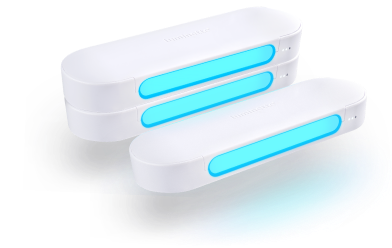
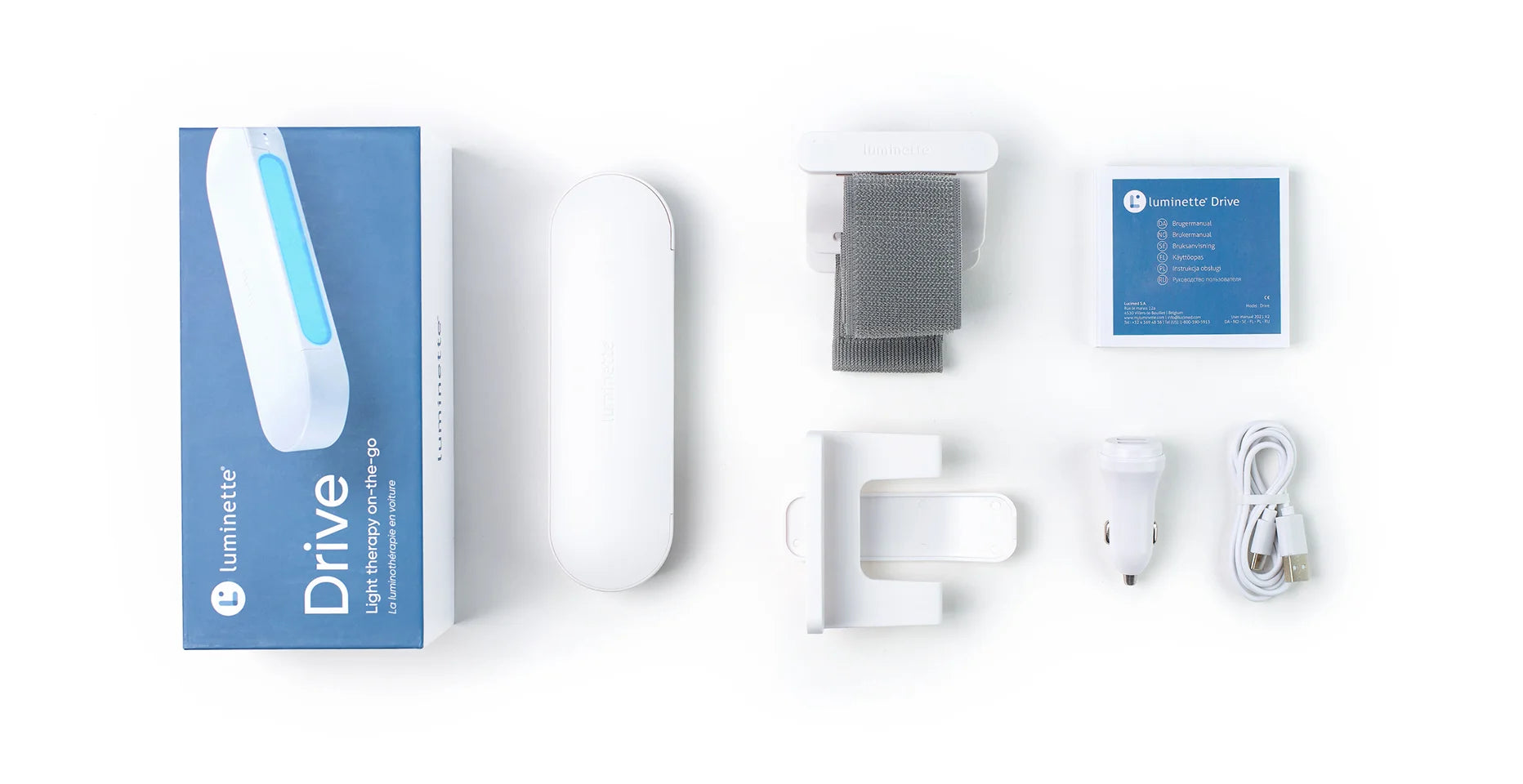

 Please note
Please note



